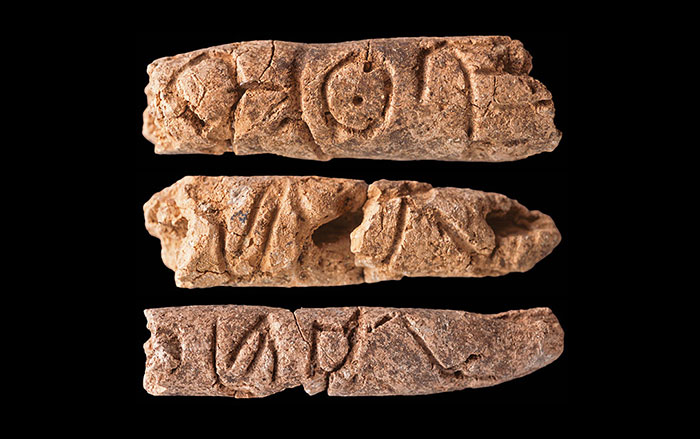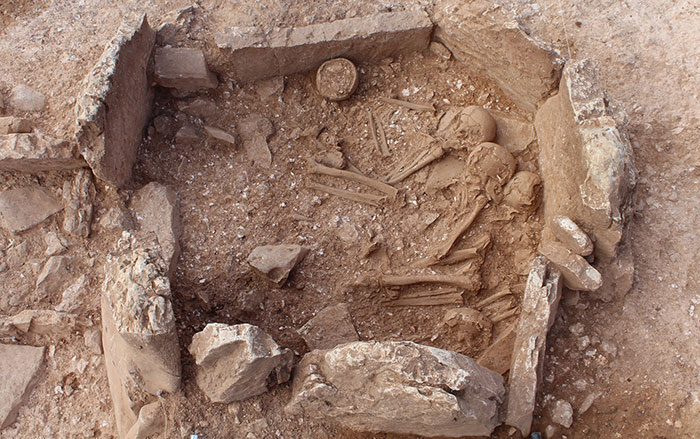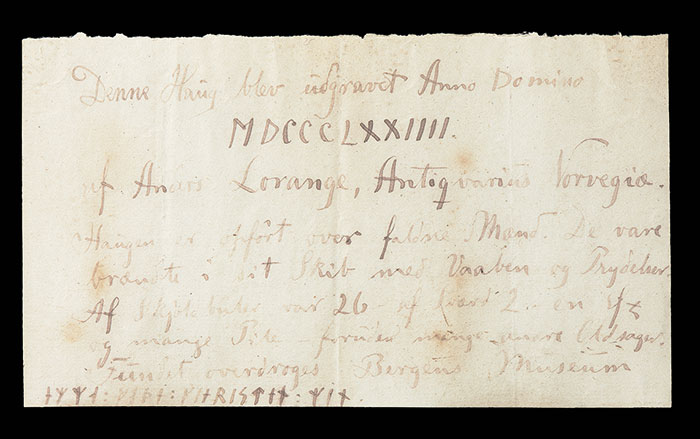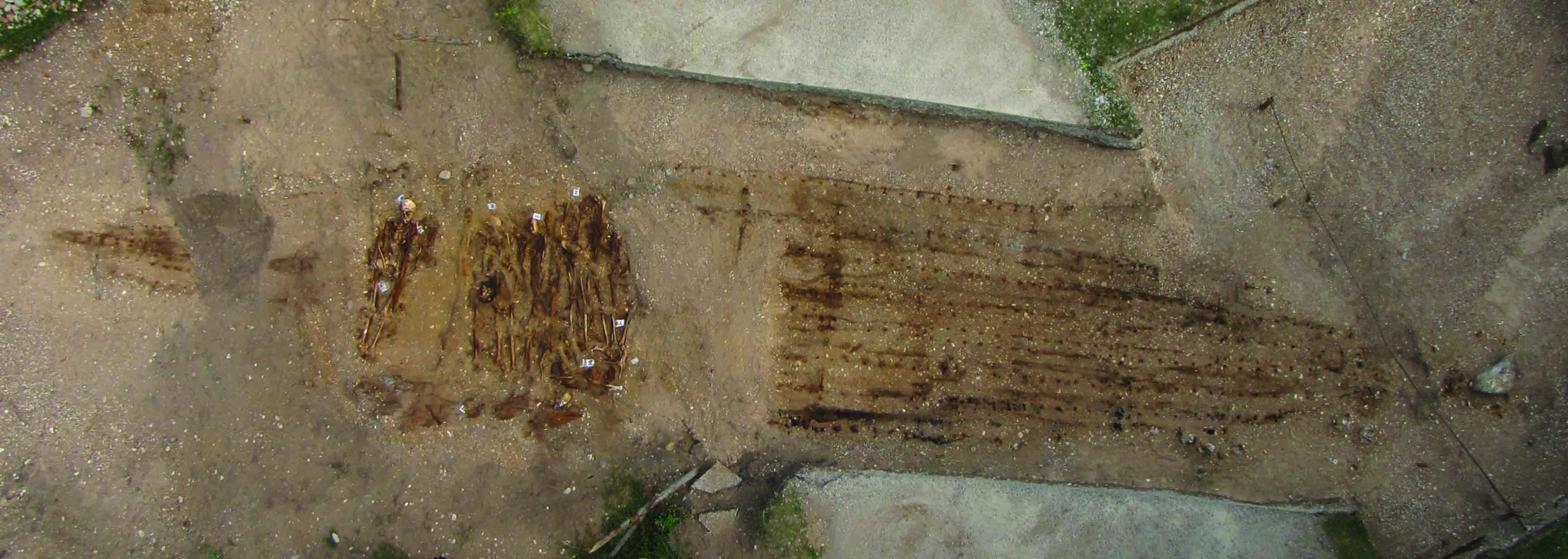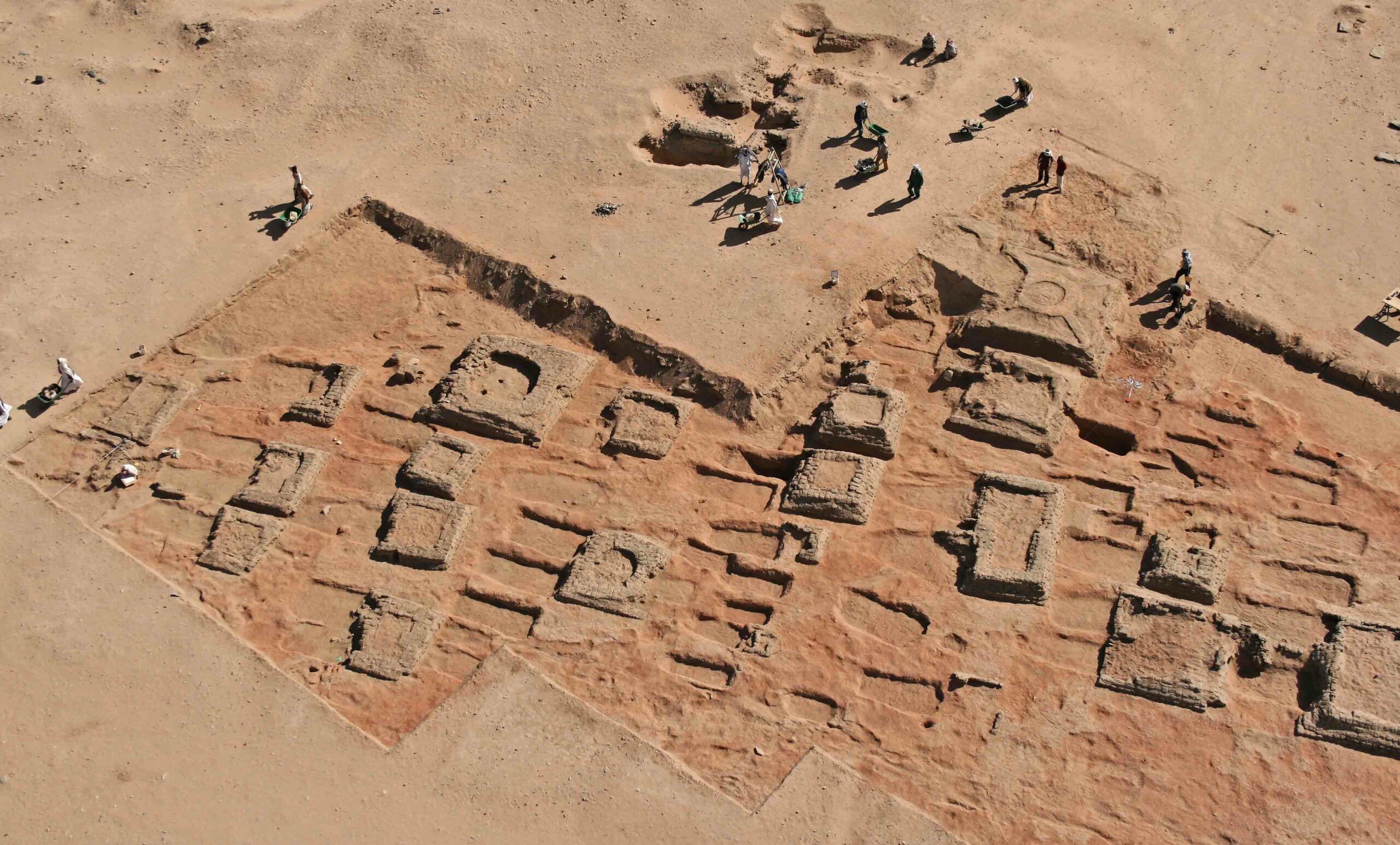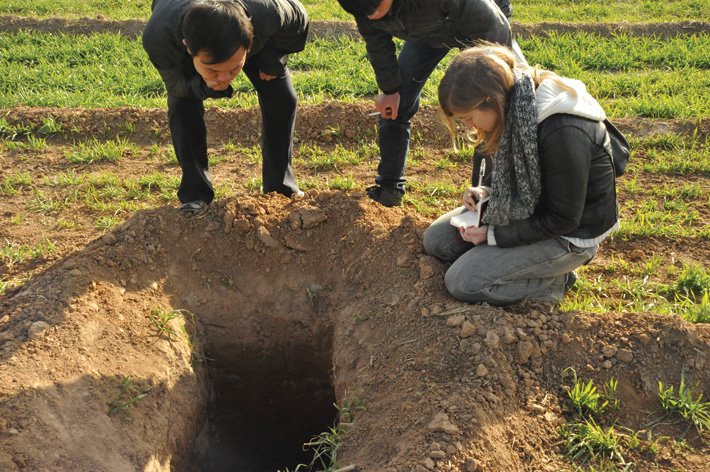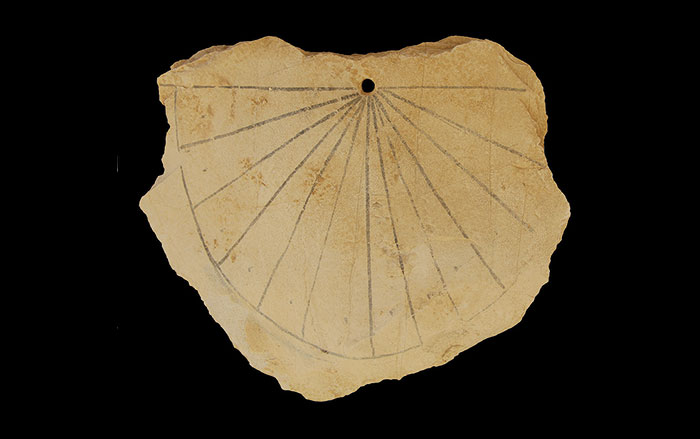
JERUSALEM, ISRAEL—Shimon Gibson of the University of North Carolina at Charlotte has discovered a building that may have been the home of an elite Jewish family living on Mount Zion 2,000 years ago. The building contains a vaulted bath chamber with a mikveh, or ritual cleansing pool, that resembles a room in a mansion in the nearby Jewish Quarter. The shells of Murex sea snails were also found in the home. Such shells were used to make blue dye for ritual garments. This collection of shells may have been used to identify different grades of color. Mount Zion was abandoned for many years after the Romans pillaged Jerusalem. “The area got submerged. The early Byzantine reconstruction of these two-story Early Roman houses then got buried under rubble and soil fills. Then they established buildings above it. That’s why we found an unusually well-preserved set of stratigraphic levels,” said Gibson.


